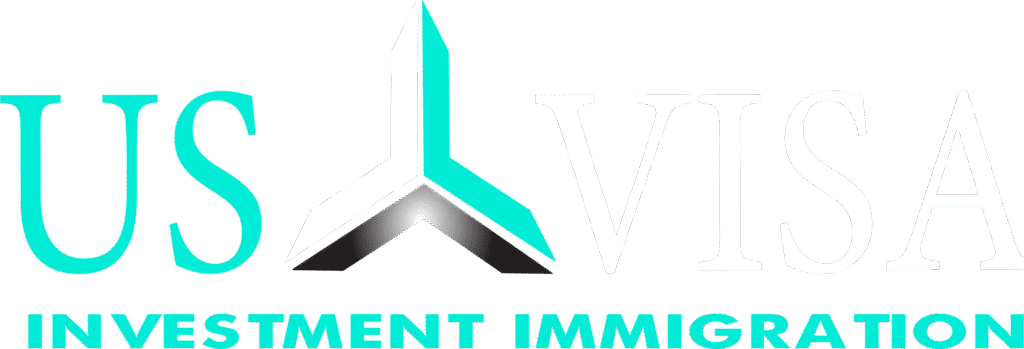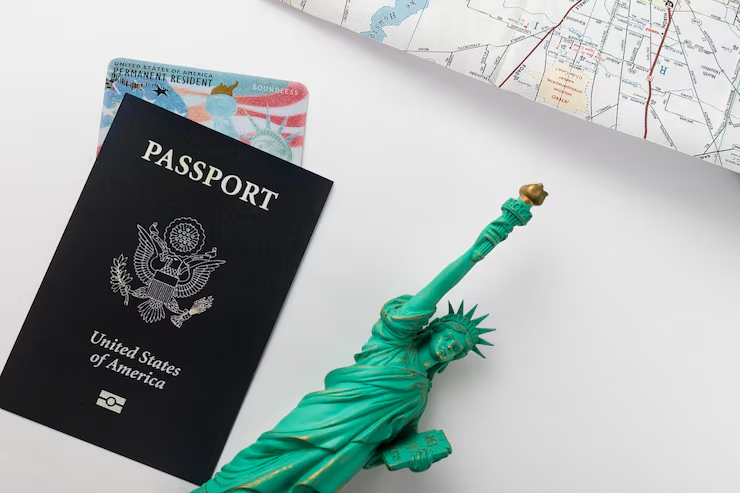Key Benefits
Key Benefits of Transitioning from J-1 to EB-5
Freedom from Visa Limitations
The EB-5 green card eliminates the restrictions tied to the J-1 visa, such as employment limitations, travel restrictions, and the specific duration of stay. With a green card, individuals can live, work, and do business anywhere in the U.S.
No Employer or Program Sponsorship
Unlike employment-based green cards (e.g., H-1B), which require employer sponsorship, EB-5 is a self-sponsored program. You don’t need to rely on a U.S. employer or academic institution to sponsor your green card.
Family Immigration
The EB-5 visa extends to the applicant’s spouse and children under the age of 21, allowing the entire family to benefit from U.S. permanent residency and enjoy the privileges of living, studying, and working anywhere in the U.S.
Avoiding the Two-Year Home Residency Requirement
J-1 holders subject to the two-year home residency rule can bypass this requirement if they successfully obtain a J-1 waiver. Once the waiver is approved, the individual can proceed with their EB-5 petition.
Flexible Career and Geographic Mobility
EB-5 recipients are not tied to any specific employer, job, or location. They have full freedom to choose their career path, change employers, or even start their own business anywhere in the U.S.
Pathway to U.S. Citizenship
After five years of holding a permanent green card, EB-5 investors can apply for U.S. citizenship.


